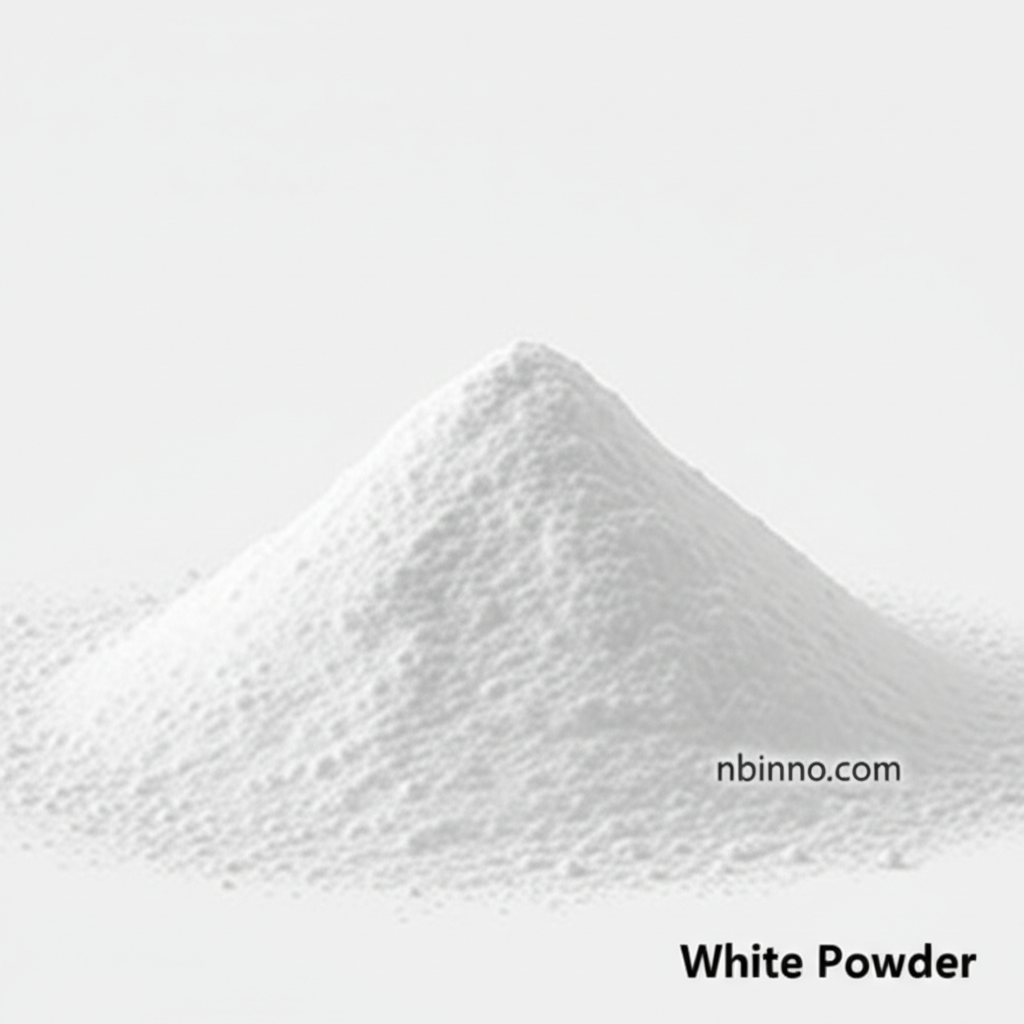Sodium Carboxymethyl Cellulose: Your Versatile Industrial Solution
Explore the wide-ranging applications of CMC, a key ingredient in food, detergents, and industrial processes.
Get a Quote & SampleProduct Core Value

Sodium Carboxymethyl Cellulose Powder
Sodium Carboxymethyl Cellulose (CMC) is a highly versatile cellulose derivative recognized as a vital food additive (E466) and industrial auxiliary. It functions effectively as a stabilizer, thickener, and binding agent across numerous applications, enhancing product quality and performance.
- Discover the benefits of using CMC for detergent rheology modifier applications, improving your cleaning product formulations.
- Learn how CMC powder applications extend to oil drilling fluid additive cmc, crucial for efficient extraction processes.
- Understand the advantages of food grade carboxymethylcellulose benefits in enhancing texture and stability in various food items.
- Explore the industrial grade CMC for oil drilling solutions, ensuring optimal performance in challenging environments.
Advantages Offered by CMC
Enhanced Stability
CMC provides exceptional stabilization properties, preventing sedimentation and ensuring uniform consistency, a key factor for detergent rheology modifier performance.
Superior Thickening
As a potent thickener, CMC powder applications are crucial for achieving desired viscosities in liquids, contributing to the effectiveness of food grade carboxymethylcellulose benefits.
Cost-Effective Solutions
Choosing an industrial grade CMC for oil drilling can lead to significant cost savings by improving efficiency and reducing fluid loss in extraction operations.
Key Applications
Food Industry
Leveraging food grade carboxymethylcellulose benefits, CMC acts as a thickener, stabilizer, and emulsifier in dairy drinks, ice cream, and baked goods.
Detergent Manufacturing
Utilized as a detergent rheology modifier, CMC prevents dirt redeposition, enhances viscosity, and provides stability in liquid detergents and soaps.
Oil Drilling
As an oil drilling fluid additive CMC, it controls fluid loss and acts as a tackifier, protecting the shaft wall and improving recovery efficiency.
Ceramics & Coatings
In ceramics, it improves rheological properties and adhesion for glazes, while in paints, it serves as a thickener and stabilizer.
